Description
Jean-Paul Riopelle (7 October 1923 – 12 March 2002) was a painter and sculptor from Quebec, Canada. He had one of the longest and most important international careers of the sixteen signatories of the Refus Global, the 1948 manifesto that announced the Quebecois artistic community’s refusal of clericalism and provincialism. He is best known for his abstract painting style, in particular his “mosaic” works of the 1950s when he famously abandoned the paintbrush, using only a palette knife to apply paint to canvas, giving his works a distinctive sculptural quality. He became the first Canadian painter (since James Wilson Morrice) to attain widespread international recognition.
Born in Montreal, Riopelle began drawing lessons in 1933 and continued through 1938. His parents encouraged his interest in art and allowed the young Riopelle to take classes with Henri Bisson (1900–1973), who taught drawing and painting out of his home on weekends. Bisson was a well-known artist and educator in Montreal at the time and was responsible for a number of public monuments that still exist today. Riopelle studied engineering, architecture and photography at the école polytechnique in 1941. In 1942 he enrolled at the École des beaux-arts de Montréal but shifted his studies to the less academic école du Meuble, graduating in 1945.
He studied under Paul-Émile Borduas in the 1940s and was a member of Les Automatistes, a group of Montreal artists who were interested in Surrealist techniques, particularly automatic drawing with its embrace of the imagination and creativity born out of the unconscious mind. Breaking with traditional conventions in 1945 after reading André Breton’s Le Surréalisme et la Peinture, he began experimenting with non-objective (or non-representational) painting. He was one of the signers of the Refus global manifesto. In 1947 Riopelle moved to Paris and continued his career as an artist, where, after a brief association with the surrealists (he was the only Canadian to exhibit with them and to sign Breton’s manifesto the Rupture inaugurale) he capitalized on his image as a “wild Canadian”. His first solo exhibition took place in 1949 at the Surrealist meeting place, Galerie La Dragonne in Paris.
Riopelle married Françoise Lespérance in 1946; the couple had two daughters but separated in 1953. In 1959 he began a relationship with the American painter Joan Mitchell. Living together throughout the 1960s, they kept separate homes and studios near Giverny, where Monet had lived. They influenced one another greatly, as much intellectually as artistically, but their relationship was a stormy one, fuelled by alcohol. The relationship ended in 1979. His 1992 painting Hommage à Rosa Luxemburg is Riopelle’s tribute to Mitchell, who died that year, and is regarded as a high point of his later work.
Riopelle’s style in the 1940s changed quickly from Surrealism to Lyrical Abstraction (related to abstract expressionism), in which he used myriad tumultuous cubes and triangles of multicolored elements, facetted with a palette knife, spatula, or trowel, on often large canvases to create powerful atmospheres.
The presence of long filaments of paint in his painting from 1948 through the early 1950s has often been seen as resulting from a dripping technique like that of Jackson Pollock. Rather, the creation of such effects came from the act of throwing, with a palette knife or brush or directly from the paint tube, large quantities of paint onto the stretched canvas (positioned vertically). Riopelle’s voluminous impasto became just as important as color. His oil painting technique allowed him to paint thick layers, producing peaks and troughs as copious amounts of paint were applied to the surface of the canvas. Riopelle, though, claimed that the heavy impasto was unintentional: “When I begin a painting,” he said, “I always hope to complete it in a few strokes, starting with the first colours I daub down anywhere and anyhow. But it never works, so I add more, without realizing it. I have never wanted to paint thickly, paint tubes are much too expensive. But one way or another, the painting has to be done. When I learn how to paint better, I will paint less thickly.” This aspect of the “unintentional” is in keeping with Riopelle’s interest in Surrealism and using “absolute chance” to create art.
When Riopelle started painting, he would attempt to finish the work in one session, preparing all the color he needed beforehand: “I would even go as far to say—obviously I don’t use a palette, but the idea of a palette or a selection of colors that is not mine makes me uncomfortable, because when I work, I can’t waste my time searching for them. It has to work right away.”
A third element, range of gloss, in addition to color and volume, plays a crucial role in Riopelle’s oil paintings. Paints are juxtaposed so that light is reflected off the surface not just in different directions but with varying intensity, depending on the naturally occurring gloss finish (he did not varnish his paintings). These three elements; color, volume, and range of gloss, would form the basis of his oil painting technique throughout his long and prolific career.
Riopelle received an Honorable Mention at the 1952 São Paulo Art Biennial. In 1953 he showed at the Younger European Painters exhibition at the Solomon R. Guggenheim Museum in New York City. The following year Riopelle began exhibiting at the Pierre Matisse Gallery in New York. In 1954, works by Riopelle, along with those of B. C. Binning and Paul-Émile Borduas represented Canada at the Venice Biennale. He was the sole artist representing Canada at the 1962 Venice Biennale in an exhibit curated by Charles Comfort. Riopelle received an Honorable Mention at the Guggenheim Museum’s Guggenheim International Award exhibition in 1958 and a major retrospective of his work was held at the Kölnischer Kunstverein, Cologne. Subsequent retrospectives of Riopelle’s work were held at the National Gallery of Canada in 1963, a smaller exhibition at the Musée du Québec in 1967, at the Fondation Maeght (Saint Paul-de-Vence, France) in 1971, and at the Musée d’Art Moderne de la Ville de Paris in 1972. He was made a member of the Royal Canadian Academy of Arts.
After diversifying his means of expression during the 1960s (turning to ink on paper, watercolours, lithography, collage and oils), he experimented with sculptural installations, including a fountain in Montreal’s Olympic Stadium, called La joute. In 1972 he returned to Québec and built a studio at Sainte-Marguerite-du-Lac-Masson. He discovered the glacial landscapes of the Far North, inspiring in the black and white Icebergs series of 1977 and 1978. A large retrospective of Riopelle’s work was held in 1981 at the Musée National d’Art Moderne, Centre Georges Pompidou, in Paris, then traveled to the Musée national des beaux-arts du Québec and Musée d’art contemporain de Montréal, 1981-1982. This exhibit also travelled to the Museo de Arte Moderno in Mexico City, the Museo de Arte Contemporáneo de Caracas, Venezuela in Caracas.
While expressing more representational subject matter in the 1980s, he abandoned traditional painting methods in favor of aerosol spray cans. In 1981 he became the first signatory of the Refus Global manifesto to be awarded the prestigious Prix Paul-Émile-Borduas. Riopelle established his studios at Estérel, Quebec, but lived his last years at Isle-aux-Grues, an isolated island situated in the St. Lawrence River.
Riopelle was arguably one of the most important Canadian artists of the 20th century, establishing his reputation in the burgeoning postwar art scene of Paris, where his entourage included André Breton, Sam Francis and Samuel Beckett. Riopelle produced over six thousand works (of which he produced more than two thousand paintings) during the course of his lifetime.

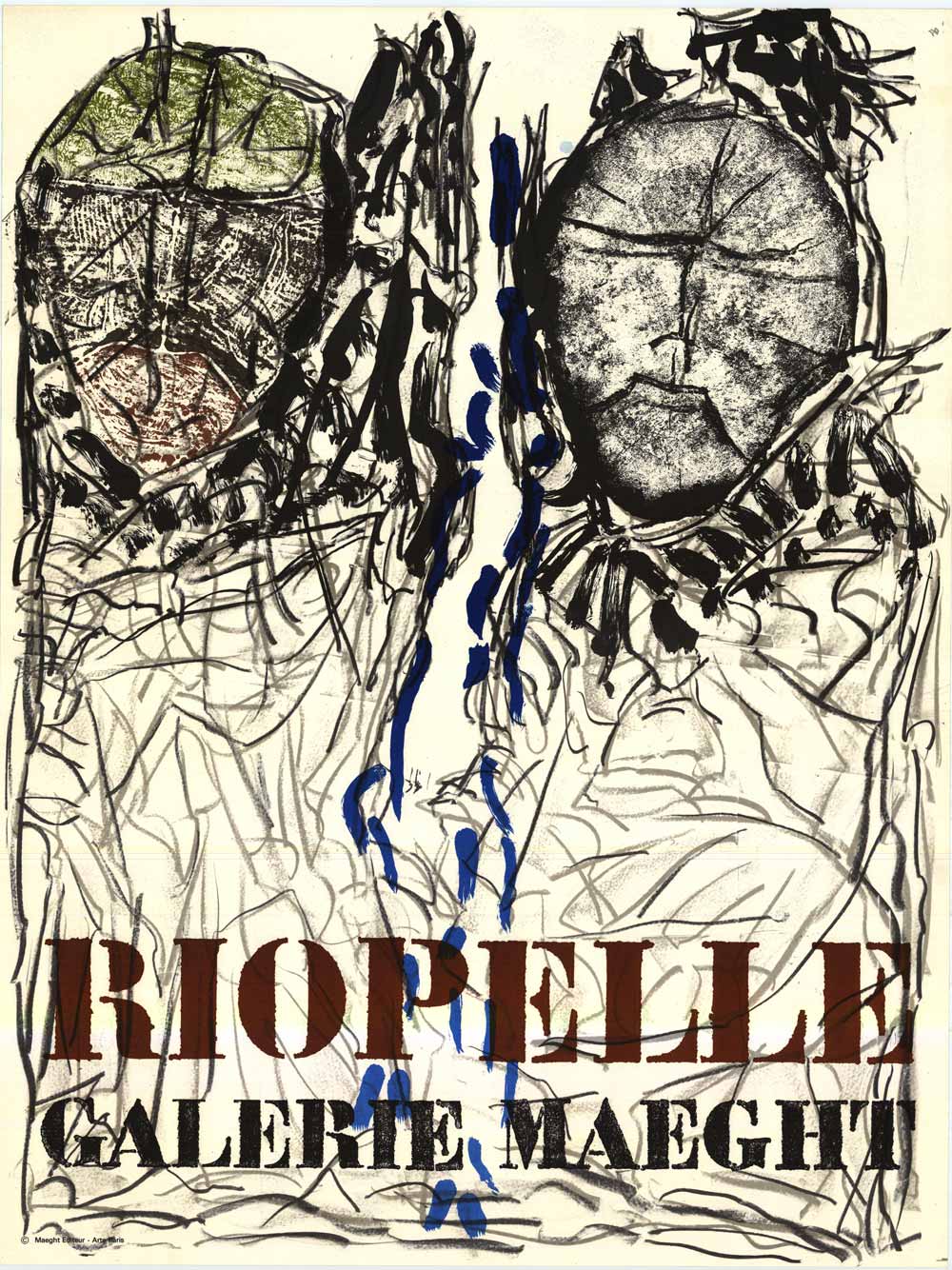
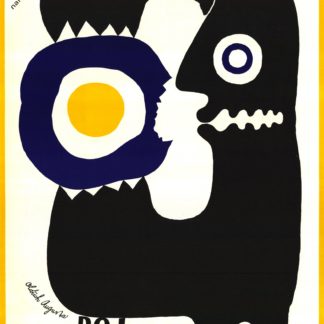
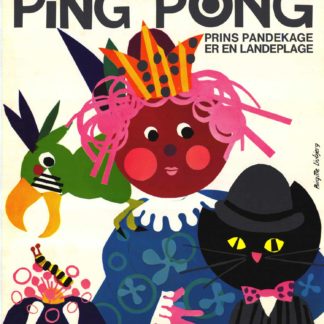
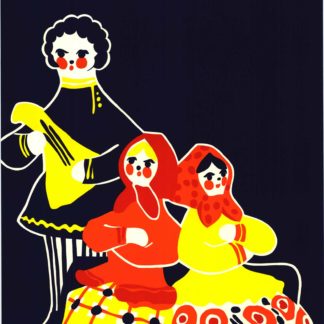
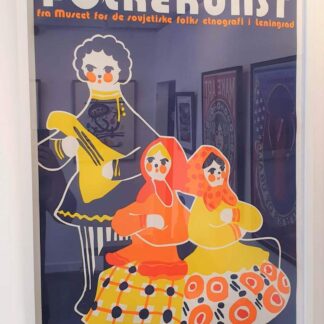

Reviews
There are no reviews yet.